Uncommon grounds Uncommon grounds Uncommon grounds
Check out the cornucopia of the UW’s uncommon classrooms, on campus, all over the Evergreen State and around the world.
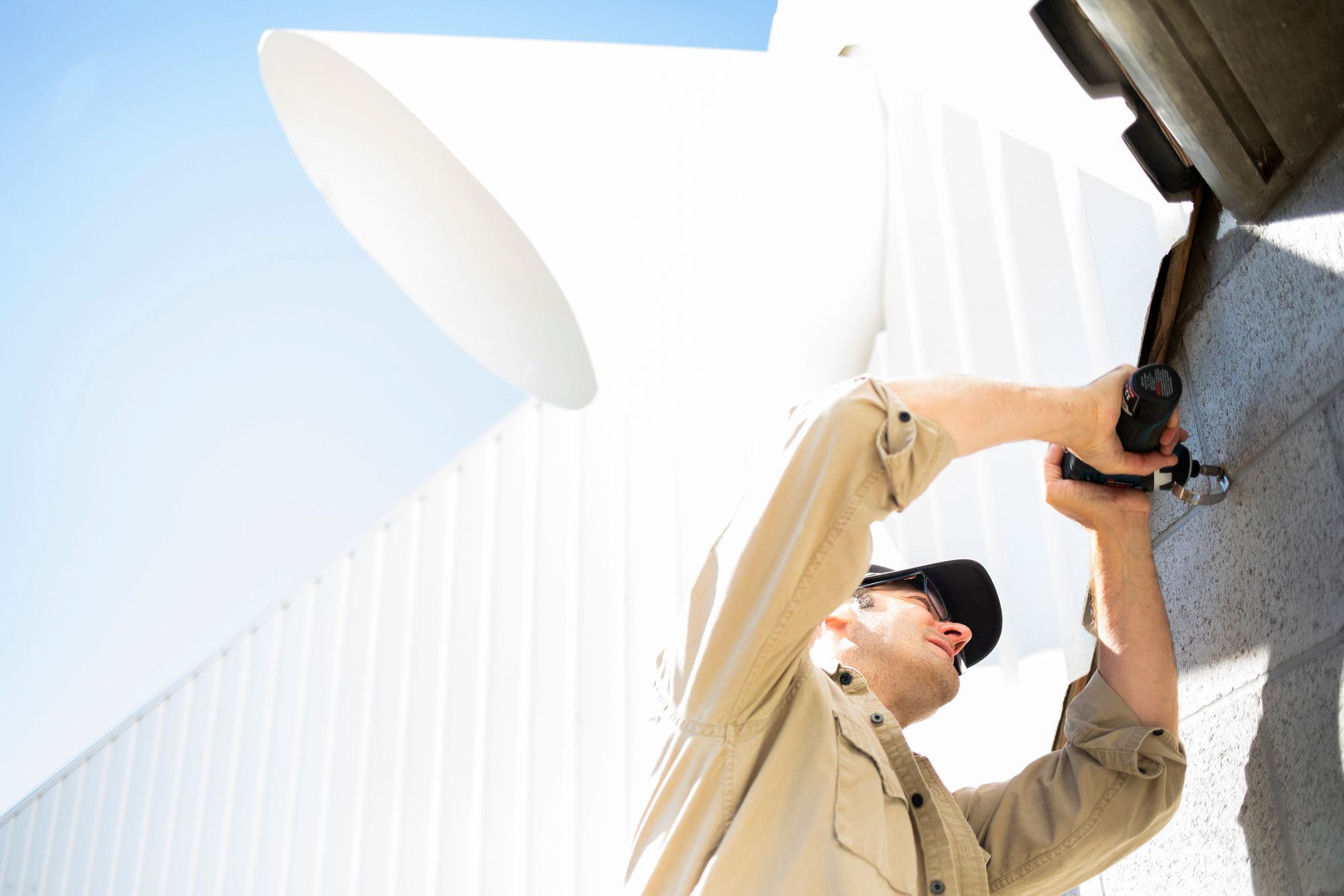
Check out the cornucopia of the UW’s uncommon classrooms, on campus, all over the Evergreen State and around the world.
At the University of Washington, education extends far beyond the classrooms and lecture halls. From a 15th-century palazzo in the heart of Rome to a marine science outpost in the San Juan Islands, students are learning in some of the most remarkable environments on—and beyond—campus. These immersive locations are sites of fieldwork, research, creativity, inspiration and global connection.
This special feature spotlights some of the UW’s most distinctive learning spaces, complete with maps and photos that bring them to life. Whether it’s tracking stars from a ridge-top observatory, studying forest ecology in the shadow of Mount Rainier or diving into Roman history steps from Pompey’s theater, these uncommon classrooms reflect the university’s expansive vision of where—and how—education happens.
Piazza del Biscione, 95, 00186 Roma RM, Italy
5,661 miles (as the crow flies) from Drumheller Fountain
The historic Palazzo Pio, just off the Campo de’ Fiori marketplace in Rome, has been the UW’s classroom in Italy since the early 1980s. The 15th century structure, built on the foundations of Pompey the Great’s theater, is rich in historical significance. The Rome Center was initially established for students of architecture and classics but has expanded to support diverse areas of study, including business, art and politics. It hosts about 400 students each year, steeping their learning in 3,000 years of history, architecture and culture.
9010 453rd Street E, Eatonville, WA
71.3 miles from Drumheller Fountain
For nearly a century, Pack Forest has served as a wooded classroom supporting education, research and outreach for students and faculty of the School of Environmental and Forest Sciences. It started with 334 acres and has grown to encompass 4,300 acres of diverse forest landscape at the foot of Mount Rainier. This outdoor classroom is used for field-based research. The forest has expanded its original mission to include ecological, economic and social sustainability.
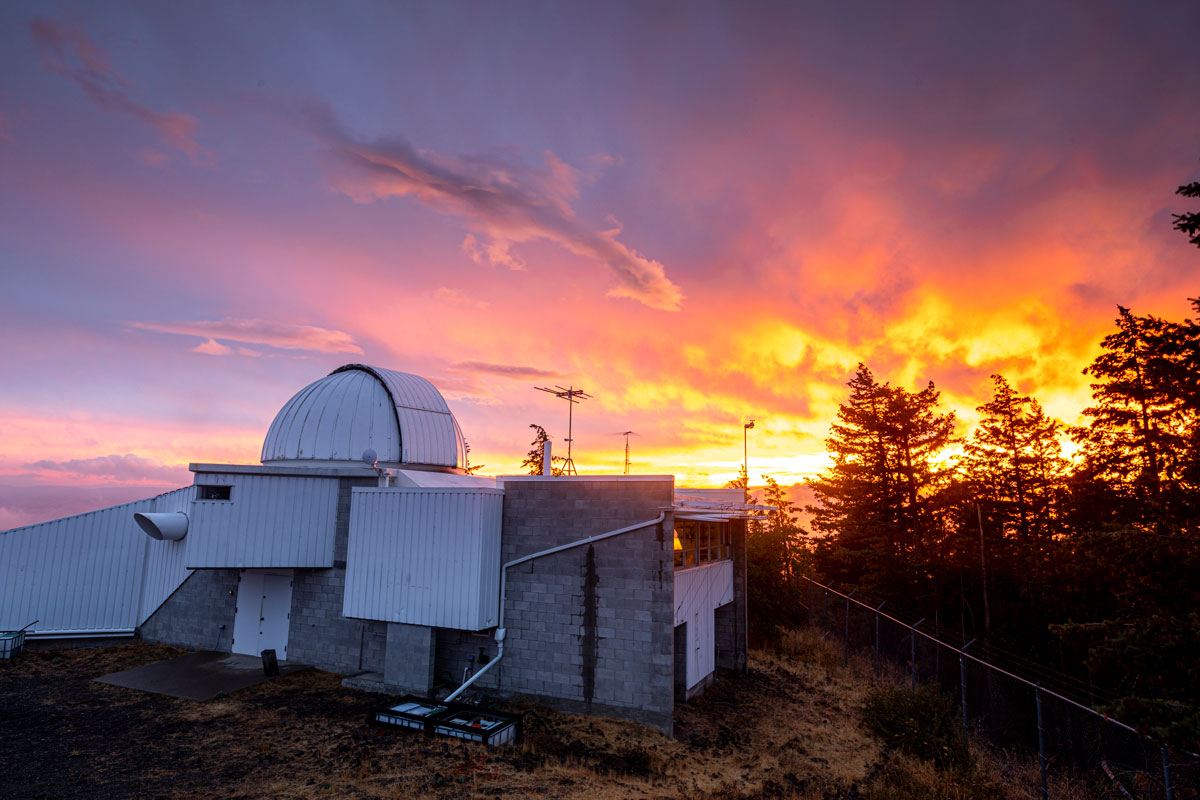
Undergraduate students at the UW use the Manastash Ridge Observatory to learn the basics of astronomical observing and maintaining the instrumentation.
Observatory Road, Ellensburg, WA
130 miles from Drumheller Fountain
Perched on the remote basalt plateau of Manastash Ridge, a three-hour drive from Seattle, the UW’s observatory has stood for more than 50 years as a research facility and an unusual learning space. Chosen in the 1960s for its clear skies east of the Cascade Range, the site was developed with support from the National Science Foundation, resourceful faculty and a salvaged 30-inch optical mirror. Today the observatory offers students the chance to study star clusters, variable stars and the Milky Way.
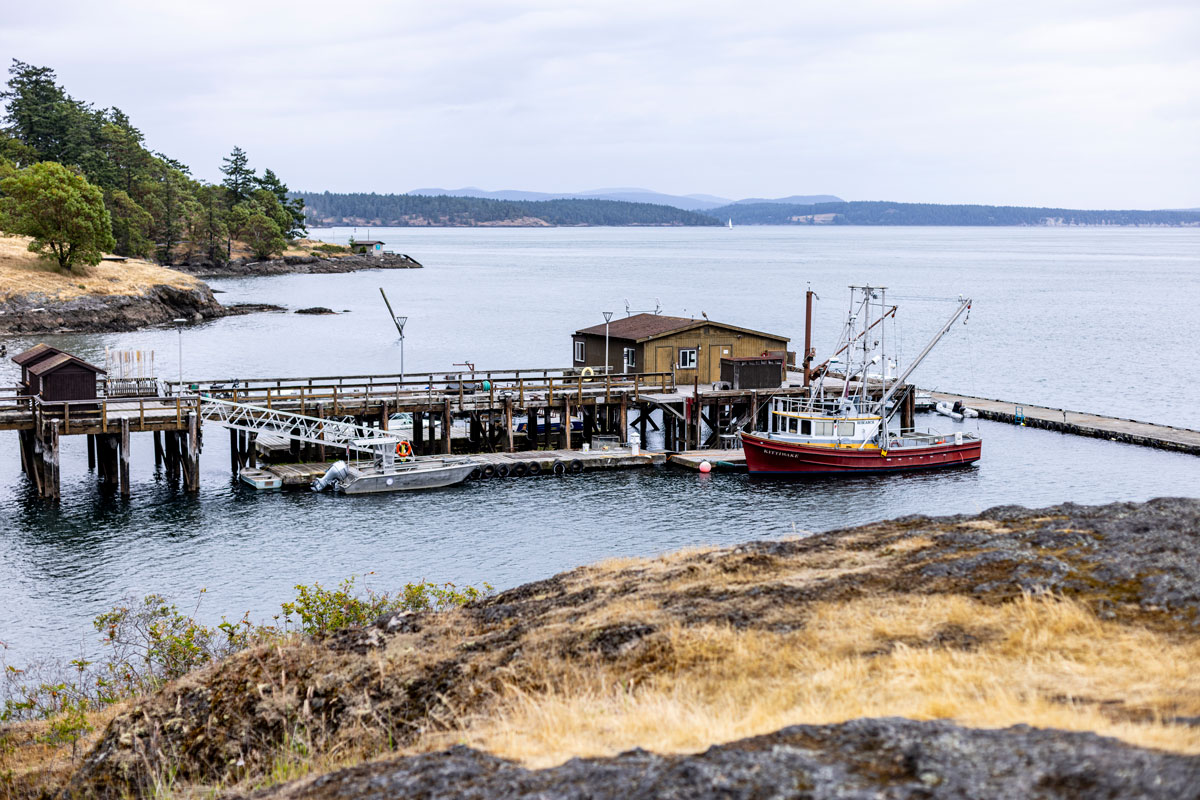
With a dining hall, dormitories, lecture halls and laboratory buildings, UW College of the Environment students have everything they need to study at Friday Harbor for a quarter—or longer.
620 University Rd, Friday Harbor, WA
102 miles from Drumheller Fountain, including a ferry ride
Located in the pristine waters around San Juan Island, Friday Harbor Laboratories offers a stunning setting for studying marine ecosystems, with swift tideways, calm bays and rich intertidal zones of rock, sand and mud. These diverse habitats support a wide variety of marine life. Researchers and students can collect specimens from the shore or explore depths of up to 300 meters. The surrounding San Juan Archipelago adds to the appeal, with its rocky, forested terrain, glaciated valleys and freshwater habitats such as lakes, swamps and bogs all offering additional opportunities for scientific exploration. With 13 laboratory buildings, dormitories, two lecture halls and a dining hall, the UW facility is situated on a 490-acre biological preserve.
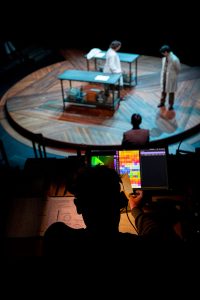
The Jones Playhouse can seat up to 183 in a thrust stage, which is surrounded by audience members on three sides.
4045 University Way NE, Seattle, WA
10-minute walk from Drumheller Fountain
Originally a warehouse, the brick structure a few blocks from campus was remodeled into the Seattle Repertory Playhouse in 1930. But its controversial productions led the managers of the private theater to be investigated for un-American activities by the Canwell Committee in 1948. The curtains closed in 1950. It was then acquired by the UW, becoming home to School of Drama productions.
In 2007, Floyd Jones, a UW alumnus, donated $2 million toward the renovation of the theater, with the state contributing an additional $7.5 million. The key architectural change involved raising the building’s roof for steeper, more intimate seating, improving both audience sightlines and stage connection. Working with a thrust stage that allows the audience to be seated around three sides, the theater serves as a laboratory where students can put their knowledge of acting, production, stage management and directing into practice.
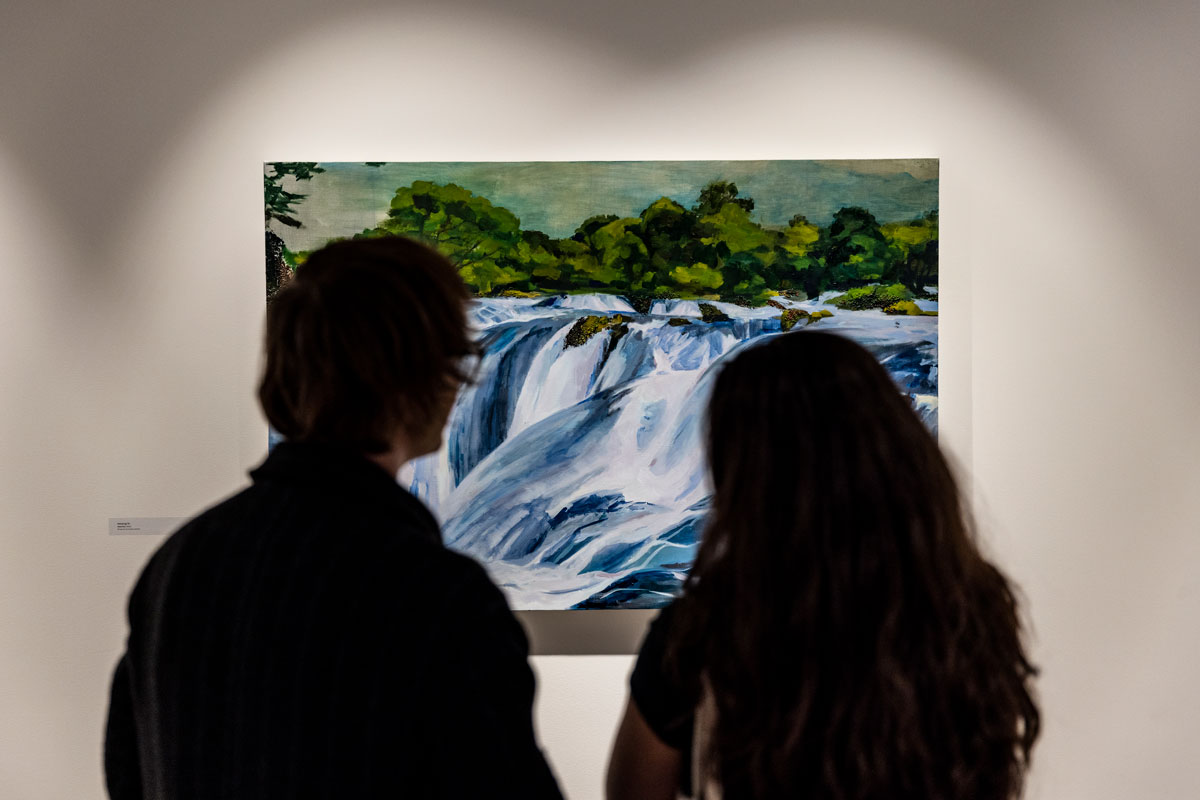
After a renovation refreshed the space, the Jacob Lawrence Gallery reopened in April 2023 for graduating student exhibitions.
132 E Stevens Way NE, Seattle, WA
10-minute walk from Drumheller Fountain
Named for the great American artist Jacob Lawrence, who joined the UW faculty in 1971, the gallery represents his interests in social justice and education. An instructional gallery within the School of Art + Art History + Design, it is a vibrant hub for education, social justice and artistic experimentation. Students can show their work, engage with the community, learn about curatorial practice and interact with exhibiting artists and faculty.
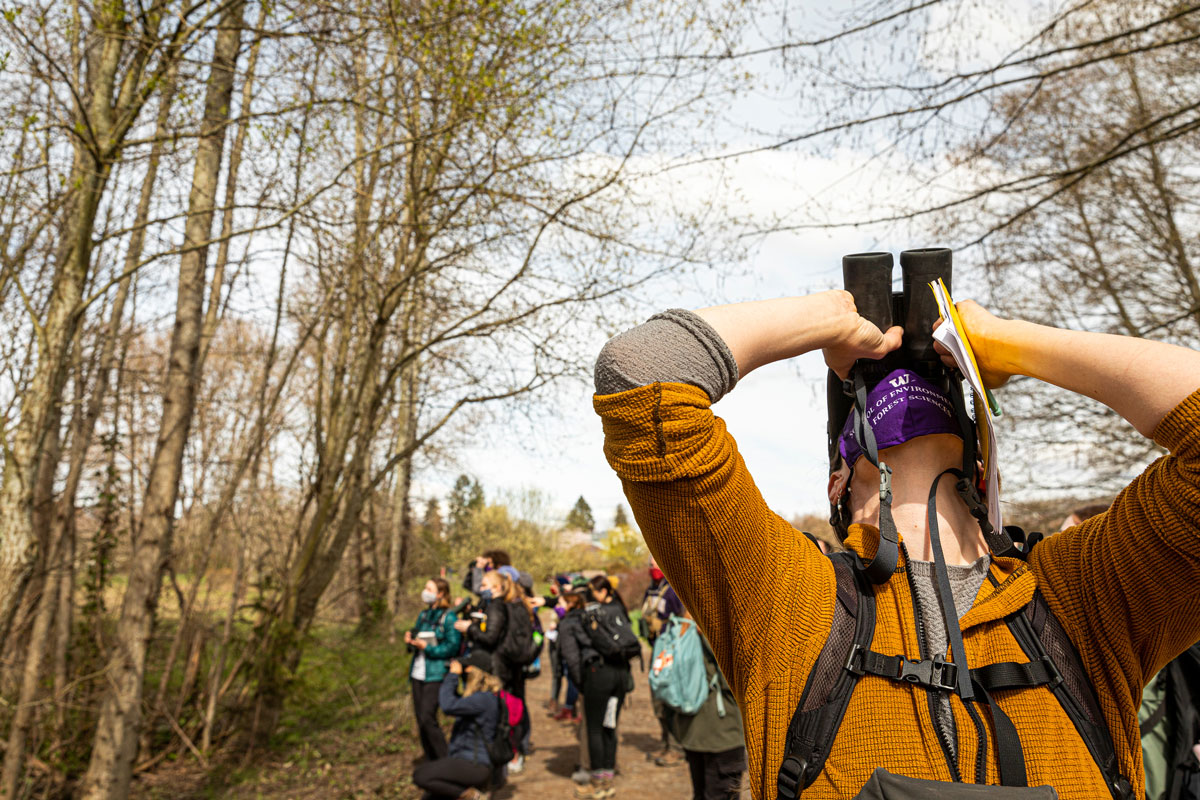
Students in UW’s School of Environmental and Forest Sciences learn to identify birds in the Union Bay Natural Area.
3501 NE 41st St, Seattle, WA
One mile from Drumheller Fountain
Spanning 74 acres with 4 miles of shoreline, the Union Bay Natural Area’s restored landscape (it was once Seattle’s largest garbage dump) serves as a living laboratory for students and researchers. Managed by UW Botanic Gardens, the area supports hands-on learning in ecology, conservation and environmental science, offering students the rare chance to study native plants and wildlife in an urban setting.
It’s also a popular birdwatching site in Seattle, with more than 200 species recorded. Here, students might conduct soil tests one day and observe migratory patterns the next. They experience how restoration and research go hand in hand.
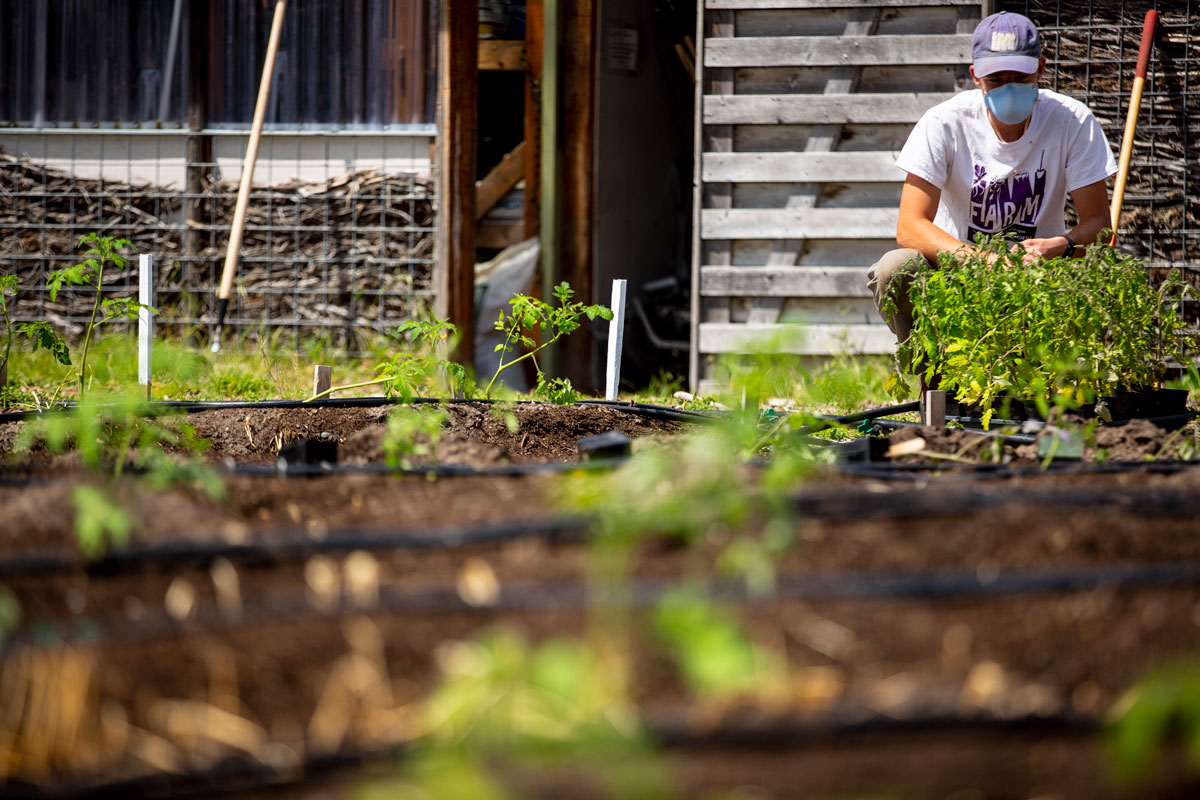
In addition to teaching agriculture and sustainability within a community setting, the UW Farm produces seasonal produce boxes through a community supported agriculture (CSA) program.
3501 NE 41st St, Seattle, WA
One mile from Drumheller Fountain
The UW Farm is a 2.5-acre, student-powered hub for sustainable agriculture, hands-on education and community connection. The land, adjacent to the Union Bay Natural Area, produces more than 13 tons of organic fruits and vegetables each year for campus dining, the Husky Food Pantry and a community-supported agriculture program that redirects its earnings back to the farm program. Students from a wide range of disciplines come to the farm through classes, service learning and research, gaining practical experience in a living laboratory. Students can apply classroom knowledge in a real-world setting.
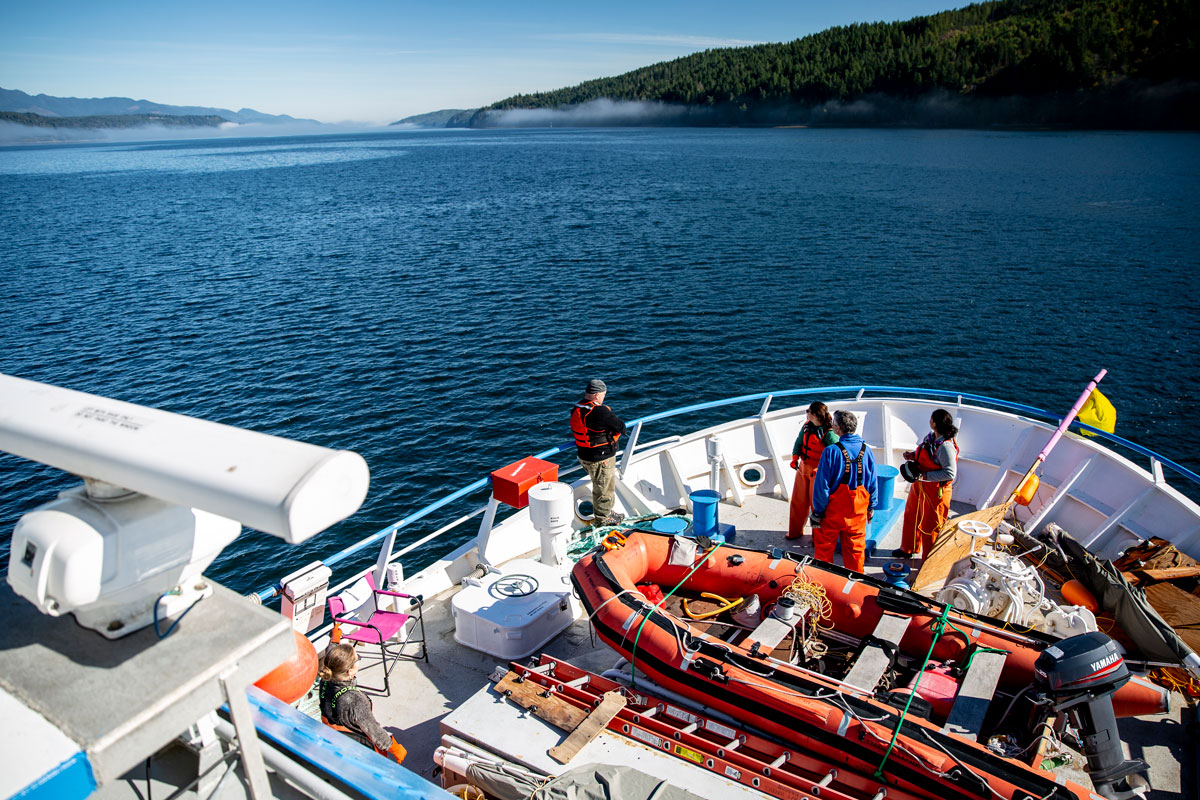
Built in Scotland and initially used as a fisheries research vessel, the R/V Rachel Carson was purchased by the UW in 2017.
Docked at 1503 NE Boat St, but you can track its current location
12-minute walk from Drumheller Fountain
The R/V Rachel Carson plies the coastal waters of the Western U.S. and British Columbia, as well as Puget Sound. A 72-foot vessel, it can carry up to 28 people for day trips and 13 for multi-day journeys. The School of Oceanography owns it and UW scientists use it to conduct oceanographic and fisheries research (like temperature and depth sampling and plankton net tows). Students can participate in field research, collecting samples from the sea floor, examining water quality and extracting sediment cores for geological study.